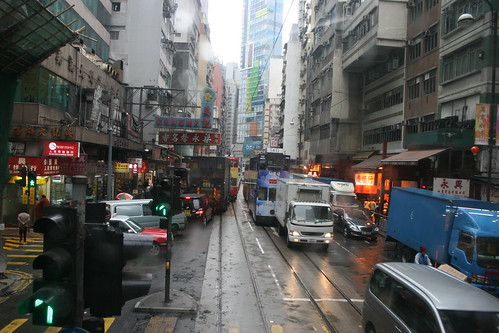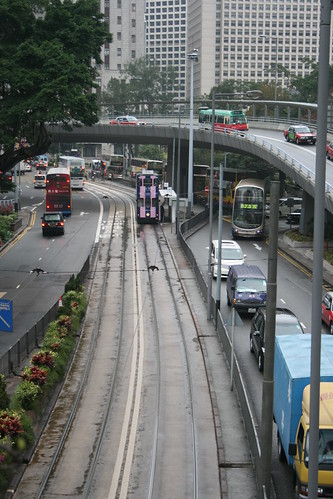To me the largest of these issues is allowing new housing. Economics tell us that if something is scarce, it will cost more to buy. But local leader Brigid Shea, who's running for Mayor, doesn't seem to call out the connection between Austin's ZOMG TRAFFIC ways and the rising cost of housing, and sprawl in the region. In fact, she leaves the point out completely in her recent discussion about affordability in Austin.
The 2010 Census showed that in the previous 10 years, 71 percent of new growth took place in Austin's suburbs. The increasingly high cost of living in Austin is not only bad for our residents, it's threatening our economic future by forcing people out of our tax base.
Where did that high cost of living come from? And I'm assuming the high cost of living referred to is housing. But what actually happened in terms of new housing from 2000 to 2010? In the five county region outside of the city limits, housing units increased by 133,102 units according to the census. 72% of that growth was in Hays and Williamson Counties, just north and south of Austin. Inside the city limits, housing units only increased 77,339 units. As a whole region, there was a 210,501 unit increase (42% increase). So in order to lose that growth to other parts of the region, there has to be a demand for those units that is not being met by the central city. And people still WANT to live in Austin, so they drive the price up on a scarce good.
I know that people are tirelessly focused on affordability in Austin. It's an important issue and they are attacking it head on, but through other interventions that should be a compliment to new housing, not a supplement. They focused on affordable housing in the TOD zoning code. They have programs that focus on helping build affordable housing near transit. They even have discussed density bonuses and other methods a lot for providing that housing they need to keep costs down. You can create tools focused on affordability all you want, but until you actually make it a priority to construct the units that will fill the actual demand in the region it's just spitting into the wind.
AC posted about Austin's density as compared to other comparable cities like Columbus Ohio and Denver Colorado and noted that Austin has a lot of work to do in order to catch up. Even other Texas cities have greater densities.
If Austin were populated at Dallas' density, it would have an extra 258,000 people. At Houston's density, it would have an extra 289,000 people.Putting this in context with the discussion above about housing units is important for the main fact that Austin doesn't have a place outside of West Campus and Downtown that has been allowed to ratchet up the densities. In Houston, Midtown and the Galleria are going bonkers while Dallas' Uptown was also the construction of a new truly urban place. I also have to throw in the Pearl.
Absent of any type of intervention like the University Neighborhood Overlay (I also posted on it last year) on other parts of the city that have the market and bones to support it, I'm afraid Austin will continue to sprawl into the hinterlands. You can't expect affordability to come down if the construction of new units is fought at every turn.



